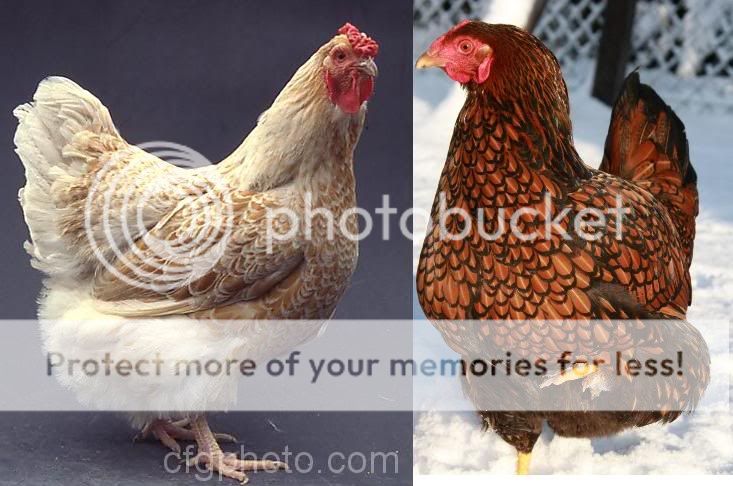The avian leukosis has sub groups A,B,C,D and J. Each subgroup virus is different than the other subgroup viruses. Certain chicken strains have resistance to the virus which is due to inheritance. The most common type (in USA) of leukosis virus is the group A. There is a dominant gene and a recessive gene that is found in chickens that will impart resistance to a chicken for the subgroup A virus. All the other subgroups can be suppressed by a recessive gene that is specific to the subgroup virus.
I would imagine if a bird is vaccinated for leukosis the vaccine would be made to help with the A and B subgroup because they are the most common in the USA- A being the most prevalent.
The leukosis virus can be passed on to the offspring through eggs. Chicks that hatch will contain the virus. It can also be passed from one bird to another bird through feces.
A vaccination should not effect the color of a bird. The vaccine contains only the virus coats (a glycoprotein shell) of the A and B viruses. The chickens immune system will destroy and digest the protein coats while building immunity. The antibodies will mark the coats as foreign and special kinds of white blood cells will engulf the coats and digest them.
There are other kinds of vaccines but the inactivated whole virus ( mentioned above) is the easiest to make and is effective.
Tim




